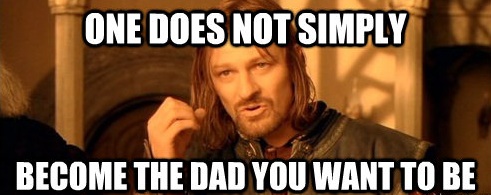Andy Mangold discusses the design decisions made by Dribbble in Dribbble is Not a Platform for Critique:
By design, Dribbble rewards style and aesthetics, not concept or context. [“¦]
The “like” button sits right next to the screenshot itself, at the top of a column of actions, above the fold on even the smallest screen. Hierarchically, this is what Dribbble has decided is important. [“¦]
Commenting however, the only way Dribbble provides for giving critical feedback on a shot, is treated much differently. The comment box is below the shot itself, and as soon as two or three comments have stacked up it’s off the bottom of the screen. Because of this, it’s not possible on most shots to look at the image while you’re typing the content of your comment.
Andy argues that Dribbble has a legitimate place “to showcase details of your work, document your style, connect with other designers, and from what I hear a decent way to find freelance jobs (if you’re popular)”, but if you’re looking for honest critique on your designs, this isn’t the place for you. His article reminded me of Jon Tan’s Taxidermista — an essay in Issue #1 of The Manual. Jon points out one of the dangers of design galleries like Dribbble:
Galleries misrepresent web design as a state, not a process. They divorce what a site does from how it looks. They celebrate style and tone, not purpose. [“¦]
By purpose I refer to the appropriateness of the style and tone. Do they fit the project? That question is rarely asked or answered by galleries. The only reaction galleries solicit is an emotional one. Like or don’t like. Hot or not.
This is the core issue with design galleries — they’re not records of a designer’s decision-making and thought process, they’re artifacts of that process. That’s useful too, of course, but not in isolation. It’s essential to know why a designer chose a certain style and tone, and how it helps to solve the core design problem. Without that context, it’s impossible to know if it’s good design.
